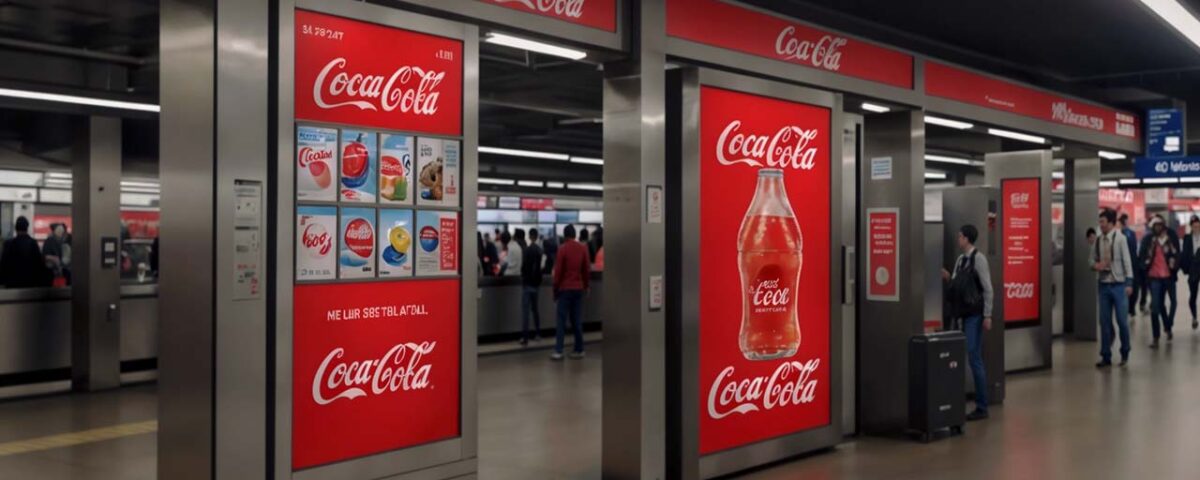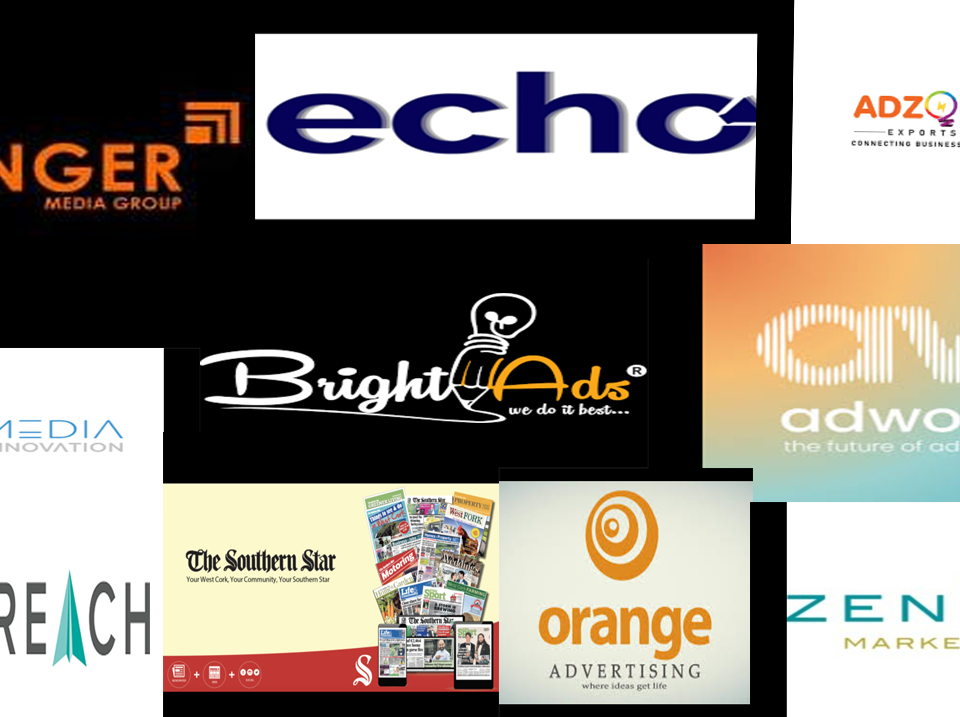
Mandatory Self-Declaration for New Ads Starting June 18 2024
July 8, 2024
Navigating the FMCG Landscape: A Practical Guide to Effective Advertising
July 11, 2024In the dynamic advertisement environment, businesses are always interested in fresh, innovative forms for attracting a captive audience. However, at the same time, outdoor and digital media growth does not bring it up to the same indoor visibility, where its comparative benefits lie. This modality can effectively communicate message elements to audiences in many indoor spaces where those consumers are likely to be more receptive and, quite possibly, more open in their responses. We have explained the meaning, advantages, and disadvantages of indoor advertisements, which can influence many marketing strategies in this blog.
What Is Indoor Advertising?
This marketing is done in enclosed places such as shopping malls, airports, and stores. It takes advantage of the captive environment of enclosed places to drive focused messages to a captured audience. By targeting an audience in controlled indoor settings, businesses can enhance brand recognition and repeat messaging and ultimately spur customers to engage.
- Definition: In-store promotion is carried out within a closed, controlled environment, such as malls and airports, targeting audiences confined to a defined spatial boundary.
- Controlled locations: Advertising in controlled interior locations increases the chance of interacting more with the consumers because there are limited noise-causing distractions from outsiders.
- Different types: This includes digital screens, posters, in-store displays, and interactive kiosks, which help reach audiences at a variety of touchpoints.
- Target audience: Location-based and behavioral targeting to a consumer through indoor advertisements.
- Increased interaction: The inside lifestyle is more relaxed while inside the premises, which enhances audiences’ receptivity and attentiveness to brand communications and product-related knowledge.

In-Store Advertisements Media Example
Various types of indoor advertising are used to reach a wide variety of people. Companies place advertisements in busy places and capture the audience’s eyeballs with consumer interaction.
Types of Indoor Advertising Media:
- Mall Advertisement:
Malls are the best places for indoor advertisements because they experience heavy traffic. Advertising positioned on pathways and escalators is most likely to attract attention from a shopper who will inevitably interact with it. This form of advertising, by virtue of its captive setting, benefits from greater exposure in building brand recall, as prolonged exposure enhances such recall. - Transit Advertising:
Transit hubs—subways and bus stations—are one of the most promising means of reaching commuters. Digital signage and billboard advertising capture the waiting customers. This method can attract customers at an appropriate time and place by capturing their attention. Customers would, therefore, remember messages. - In-Store Displays:
In-store displays directly approach customers during the sale and influence purchases during an appropriate time. They feature offers or draw attention to specific products. Effective displays can attract consumers’ attention to the advertised products, which may lead to impulse purchases and brand awareness. - Digital Signage:
The dynamic content in airports, restaurants, and other venues with heavy foot traffic throughout the indoors makes digital screens quite attractive. This allows brands to add content, hence adding memorability to the advertisements. - Interactive Kiosks:
This allows the consumer to interact with the brand. Usually, kiosks show information, product details, and promotional opportunities. In this regard, kiosks are distinguishing features of airports or museums because people are more apt to interact with interactive content.
Advantages Of Indoor Advertising
Indoor advertising offers unique advantages, especially for companies seeking a particular, controlled group in a close environment. By leveraging this method, advertisers can elicit brand memory and convey their message to active viewers.
- Guaranteed Audiences:
Indoor advertising finds a captive audience since spaces such as malls and train stations are associated with less distraction. The environment enables better retention of the message because the audiences are on high alert and ready for engagement when they are devoid of external distractions. - Precise Targeting:
The indoor environment offers precise targeting as advertisers can place their ads in various environments appealing to any specific demographic and interest. For example, advertisements within the indoor space based on health might target an exercise-conscious customer to ensure maximum relevance and effectiveness. - Brand Recognition and Recall:
The repeated exposure developed from indoor advertising can help improve recall. Customers are likely to remember the advertised product or service since they repeatedly pass through the same indoor space. This repeated exposure may lead to better recognition of brands, making them memorable to customers. - Interactive and Dynamic Content:
With the advancement of technology, indoor advertisements can turn moving, and interactive content to be as appealing to a viewer as a static image would be. Other attractions, such as touch screens and QR codes, allow consumers to engage with the advertisements, making it a new experience. - Context Relevance:
Indoor advertisements help businesses communicate targeted and specific messages within indoor environments, thus making the ad relevant to the target group. For instance, restaurants can display daily deals within the restaurant, making the message timely and contextually appropriate.
Disadvantages of Indoor Advertising
Despite its advantages, indoor advertising has certain drawbacks that firms must consider to optimize their advertising efforts. Understanding these disadvantages helps advertisers strategize to run successful campaigns.
- Satiation and Clutter:
Clutter results from heavy traffic in malls or airports, with many advertisements competing for attention. Too much information by advertisers might desensitize the target consumer, meaning that the effectiveness of the advertisement and engagement may be minimized. - Cost:
The cost of leasing an indoor location can be significant, making it inaccessible to many small companies. Additionally, there are secondary costs in manufacturing and maintaining digital displays and changing ad content. - Audience Segmentation:
Different settings, such as transport hubs or offices, require tailoring ads to fit these unique environments, making ad campaigns more complex. Multi-campaign management can be time-intensive, particularly given the very different target markets. - Limited Reach:
Indoor advertising typically involves a relatively immobile population in specific spaces and cannot match the reach or impressions of outdoor or digital media. This limits its impact on a broader or more heterogeneous audience. - Ad Avoidance:
Even in controlled conditions, some viewers may actively avoid watching advertisements or tune out if they perceive the advertisement as invasive or irrelevant. The advertisers must ensure that content is engaging and relevant to the viewing context. to counter this
Final Thoughts
- Indoor captive audience:
Messages resonate more because indoor audiences are less distracted by external stimuli. - Targeted positioning:
Positioning ads in different environments strategically targets the right demographics effectively. - Higher brand recall:
Familiarity and repeated exposure within indoor environments can enhance brand recall. - Interactive media:
Screen-based and electronic media provide audiences with a more engaging experience than static communication. - Challenges:
Cost, congestion, and limited reach remain key hurdles, but these can be mitigated with careful attention.
Amid this evolving landscape, indoor advertising has become a valuable channel for transmitting meaningful messages to receptive audiences. For businesses, understanding the strengths and limitations of indoor advertising can inform an effective strategy for communicating brand messages within indoor settings.




